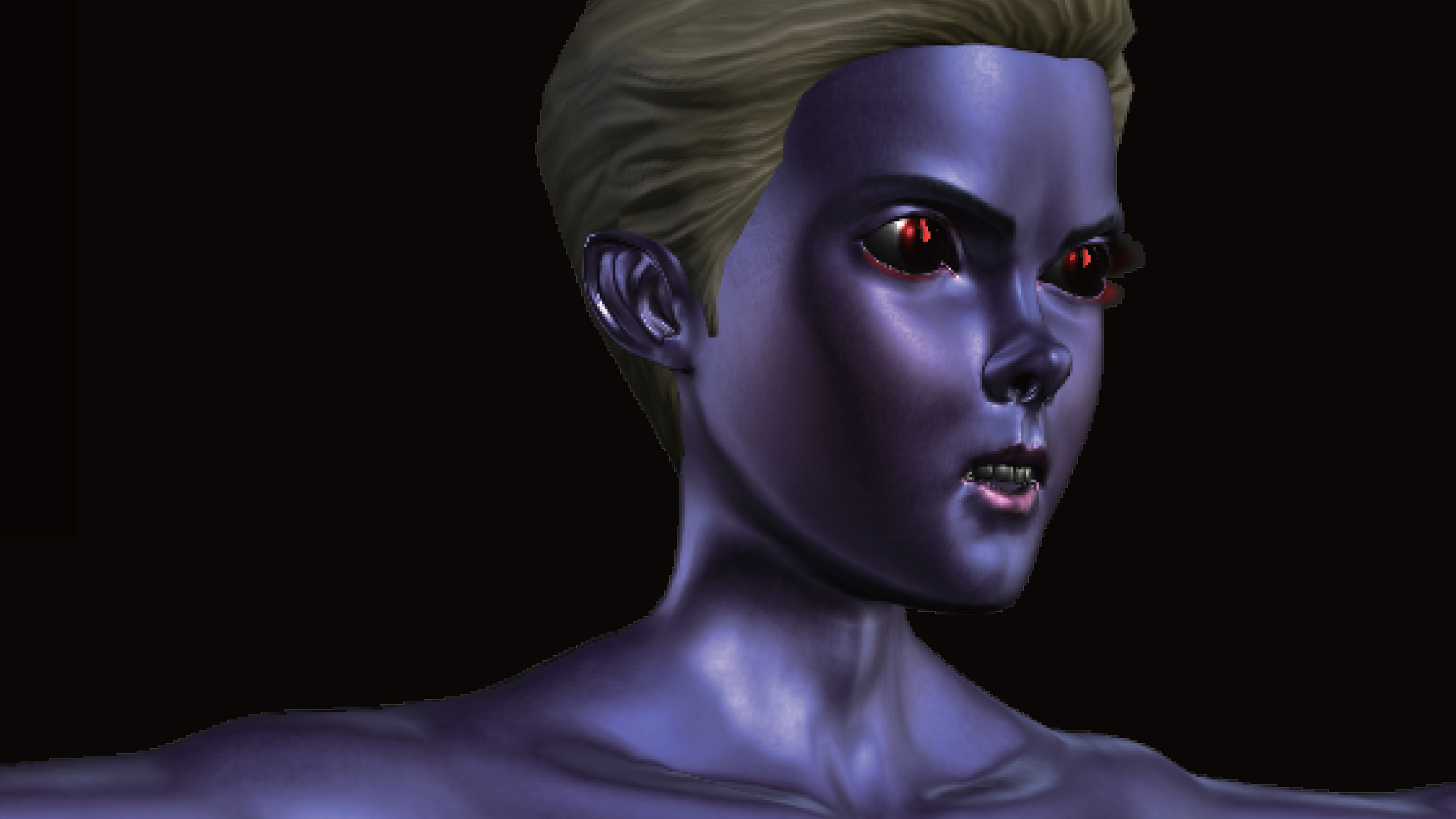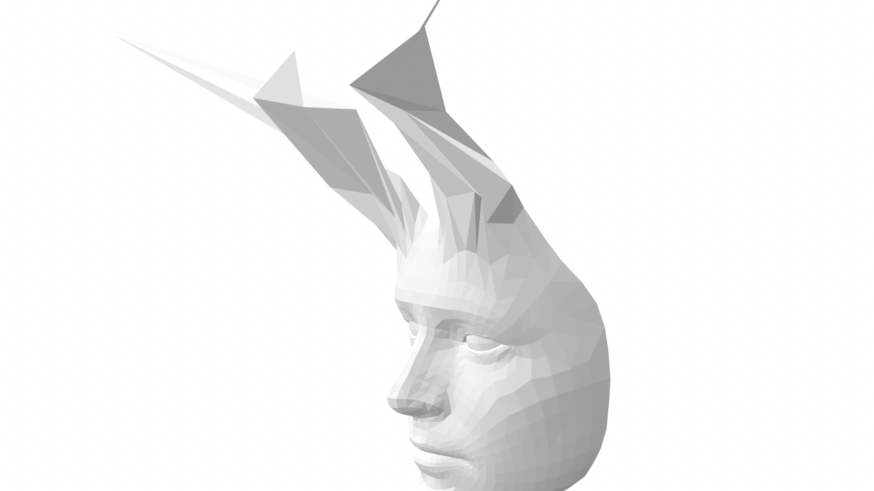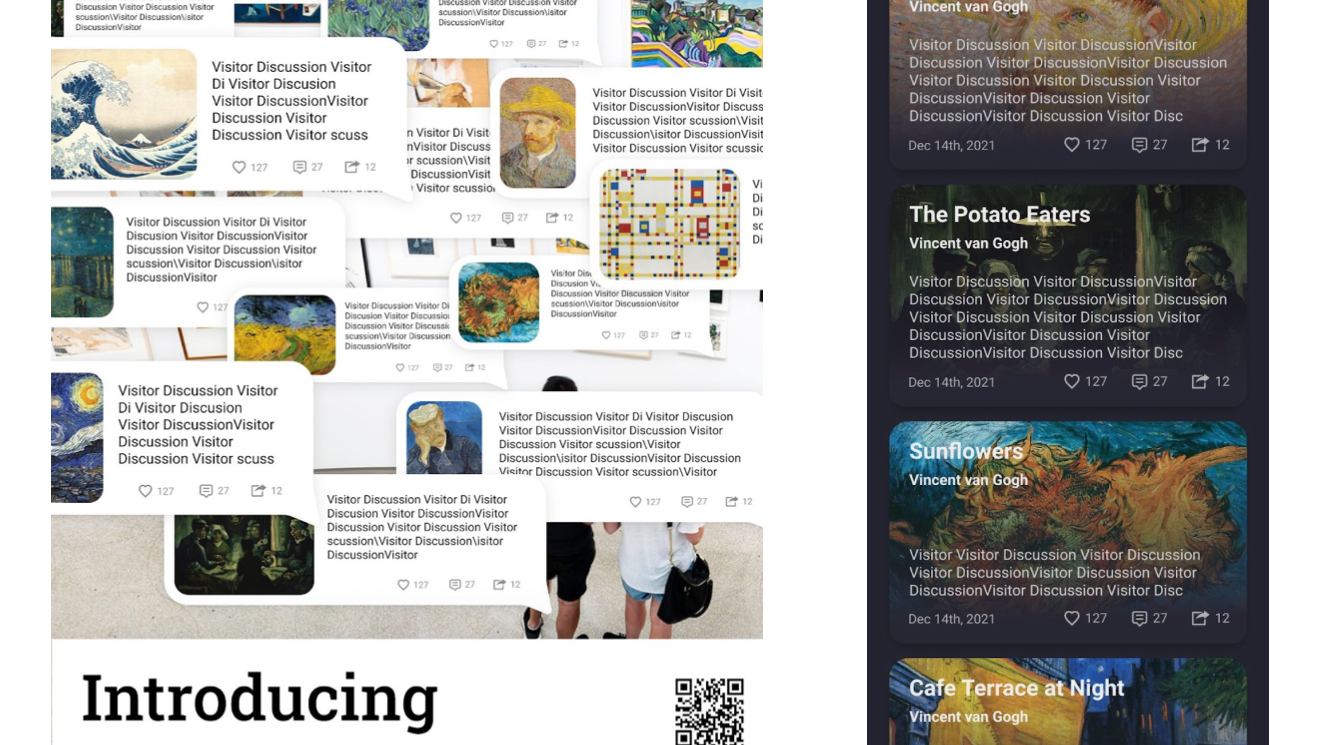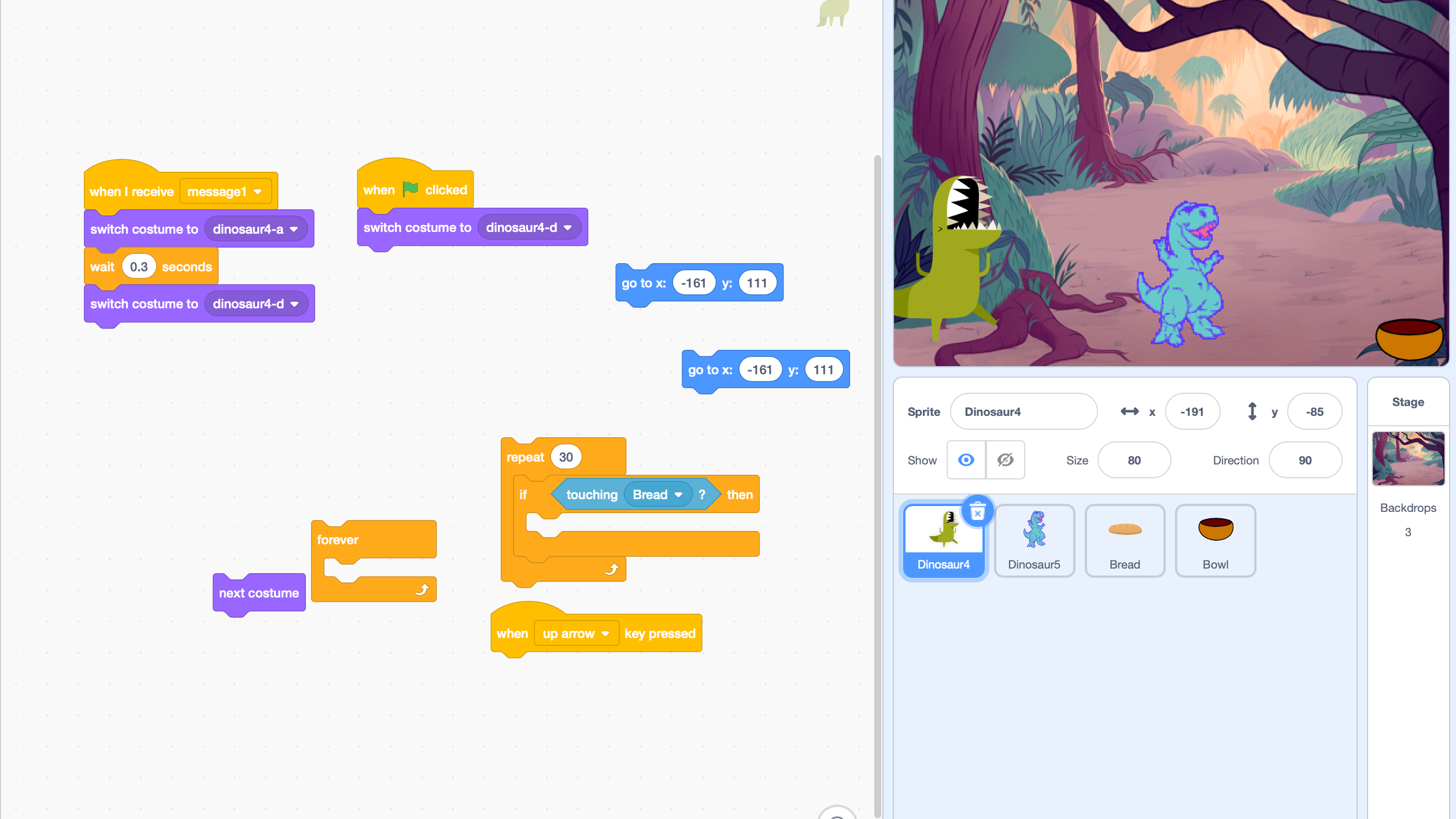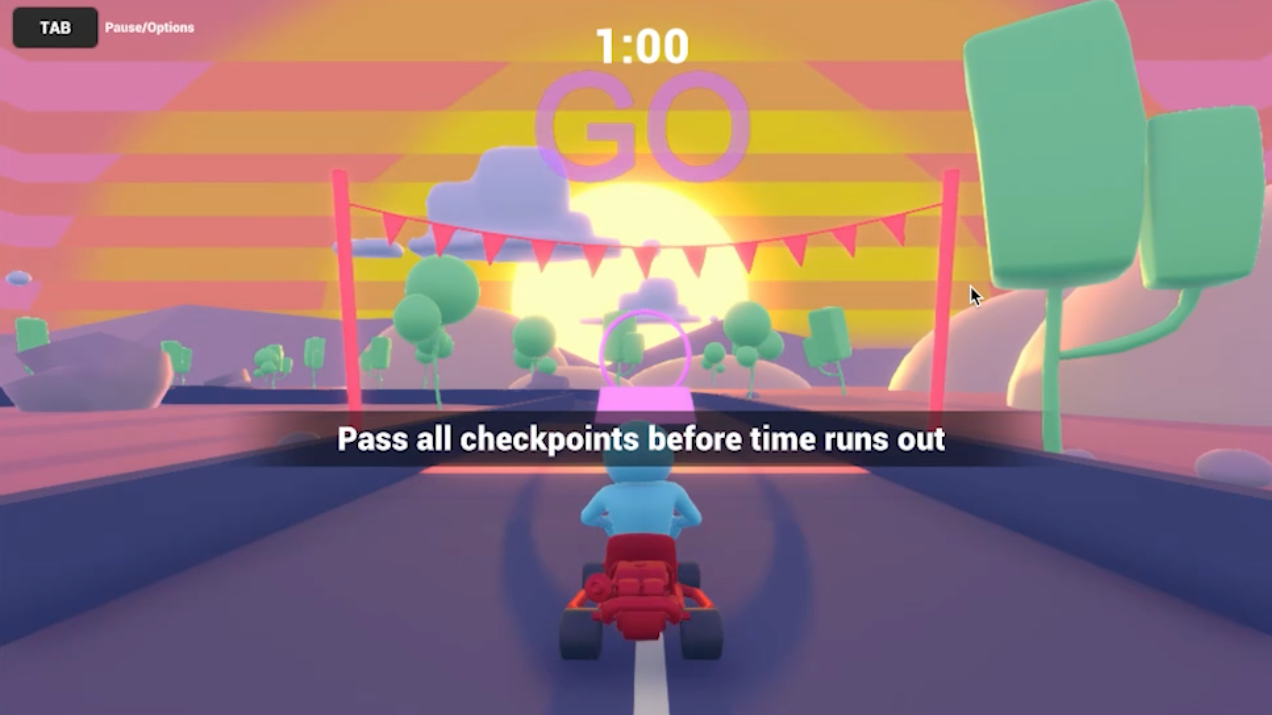Problem
During the Covid-19 period, universities moved to distance learning. Studio art majors are not adapting to distance learning very well. Studio art students showed low motivation and have no access to the studios. To give online students coherent studio art education, in this Integrative Project, I will focus on the following research question: how can an educational metaverse virtual land platform address the need to provide after class studio experience and motivation for online studio art students? Literature reviews and a survey was made to confirm the problem, find out the related learning theories, and find out the design requirements. An educational Metaverse platform called Artsyland VR was designed to cope with the problems for studio art students in distance learning. The two main parts of the virtual world are Virtual artist town and Synchronous VR studios. In the future, art schools need to put a budget on training how to use Artsyland VR and VR for instructors and students. Also, Artsyland VR will have more iterations based on the feedback.
Research
Design
Based on problem definition, literature reviews, and survey results, a platform named “Artsyland VR ” is designed for studio art students to experience a coherent studio art distance learning and enhance motivations. The two main virtual lands of the virtual world are Virtual artists town and Synchronous VR studios
Avatar System
Artsyland VR is an avatar-based virtual reality with a first-person perspective. The users see what their avatar would see in the virtual world through the users’ head-mounted display. Users could customize their own avatar appearance. The engine of the avatar system is based on Adobe Fuse (see Figure 8 below). The aesthetic is stylized realism, and the movement is following the physical rules in the real world to avoid breaks in presence. Users could also design their own NFT virtual clothes, or earn special NFT virtual clothes, such as “2022 scholarship winner T-shirt”.
Virtual Artist Town
Virtual artist town is one of the main parts of Artsyland VR. There are two types of virtual galleries which are personal virtual gallery and schoolwide gallery (see Figure 9 below). The town is arranged by majors. Students in the major would be in the same areas. Artsyland VR is based on blockchain. All the data is owned by the users. Unlike a real town, there is no “downtown” or “suburb” in virtual artists town. Because it is decentralized, users in different areas are having equal chances.
In the personal virtual galleries, each studio art student would be given a piece of virtual land as their virtual gallery to exhibit their own artworks (see Figure 10 below). They could arrange their space, and decorate their own virtual gallery as they wanted (see Figure 11 below). Students have a lot of freedom and can be creative with it. Students are not only responsible for producing good artworks, but also responsible for how to present their artworks well in their virtual galleries. Digital artworks could directly mint their artworks as NFTs and exhibit them in the gallery. For the physical artworks, students need to make those artworks into digital documentation, and then mint those artworks into NFTs. Students could choose to show and hide their artworks once they mint their artworks as NFTs, and even set prices to sell their artwork NFTs. And because of blockchain technology, all the NFTs are not limited to the Artsyland VR platform only.
The following two functions could stimulate competence. The first is badge systems. Students could earn badge NFTs by outstanding performance in school, such as: the president list, merit scholarship recipients, awards winners, etc.; and they could exhibit badge NFTs in their virtual galleries. Some badge NFTs could also be wearable, such as a T-shirt NFT that their avatar could wear. These badge NFTs are non-transferable and have limited numbers. The other is the schoolwide collective gallery. The outstanding artworks will be selected and exhibited in the schoolwide collective gallery. Also, all the collective shows including the annual shows, and graduation shows would happen in this place. Students could also hold their own special exhibitions once they are approved by the school.
There are many social interactions that users could do in Artsyland VR. Users could control the avatars to visit other’s galleries. Users could ask for suggestions and comments, like other artworks, and even buy and sell the artworks.
The other main pillar of the Artsyland VR is VR studios that replicate the physical after class studio experience into the virtual world. There are three kinds of virtual studios including studios for majors and classes, students run studios and VR workshops.
The first one is studios for majors and classes that are run by the school. Students are working synchronously together in the main room. Users could critique, inspire, help, compete, and socialize with each other just like in the physical studios. There will also be student studio monitors, which is a common on-campus part-time job in the physical studios. The monitors lost their jobs when the campus shut down; now, they could be studio monitors again to help students online. For the digital artworks, students could directly work in the Artsyland VR, and other users could walk around in the virtual studio and see others’ progress. Users could always turn on or turn off the “invisible” mode if they are not comfortable showing their artworks to the public. Thus, the others could only see the avatar but cannot see the artwork in progress unless the user turns off the “invisible” mode. For the physical artworks, students could use cameras to livestream the working process or upload the documentation of progress to Artsyland VR. They could also turn off the cameras as they wished. There will also be breakout rooms to accommodate special needs. For example, there could be a quiet breakout room that is muted for students that do not want to be bothered, and students could always go back to the main room. Also, breakout rooms could also be used for group projects where students could work together and synchronously, especially for digital artworks.
The second kind of virtual studio is student-run studios that are approved by the school. These studios are for special topics and interests. In distance learning, students lack social interactions, and it is hard for them to find students who share the same interests. So these students running studios could serve as interest groups. Also, it could be used for the preparation of special events. For example, some students are holding an “Asian Culture Theme Show” in the virtual school-wide gallery. Then, they could apply for a virtual studio and work on it together. It could provide a social constructivist learning environment.
There will be workshops held in the virtual studios about operations and doing arts in VR. Therefore, the students could become familiar with the VR platform and use the tools to serve the learning better.

